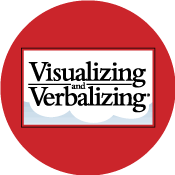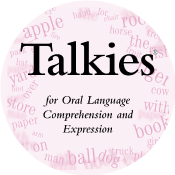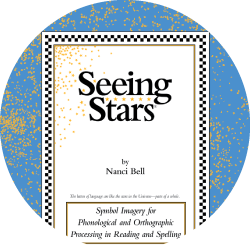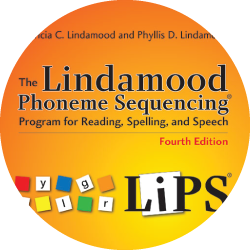Evidence-Based programs

The Nancibell® Visualizing and Verbalizing®
Language Comprehension and Thinking (V/V)
Nanci Bell
Co-founder of Lindamood-bell
Clinical research and experience over the last thirty years indicate there is a separate comprehension weakness that is rarely identified. This weakness often undermines the reading process…It is weakness, based in the sensory system, in creating an imaged gestalt.
Michelle reads words accurately, but she doesn’t understand what she reads. Words seem to “go in one ear and out the other”, and she struggles with following directions. Her parents express frustration about her weak short-term and long-term memory. Her teachers think she is not trying, and she has been labeled as having ADHD.
A primary cause of language comprehension problems is difficulty creating an imagined gestalt. This is called weak concept imagery. This weakness causes individuals to get only “parts” of information they read or hear, but not the whole.
Individuals of all ages may experience the symptoms of a weakness in concept imagery.
This causes weakness in:
- Reading comprehension
- Listening comprehension
- Critical thinking and problem solving
- Following directions
- Memory
- Oral language expression
- Written language expression
- Grasping humor
- Interpreting social situations
- Understanding cause and effect
The Visualizing and Verbalizing® (V/V®) program develops concept imagery—the ability to create an imagined or imaged gestalt from language—as a basis for comprehension and higher order thinking. The development of concept imagery improves reading and listening comprehension, memory, oral vocabulary, critical thinking, and writing.
![]()
Who can we help?
We work with children and adults of all ages and levels.
Some students come to us with general learning challenges or a previous diagnosis such as dyslexia or autism spectrum disorder.
Some students come to us to enhance their skills or to just make learning easier.






 )
 )
 )
 )
